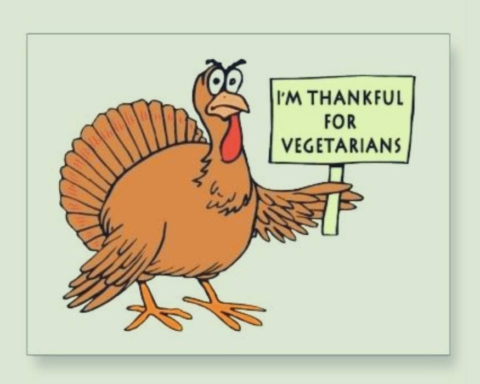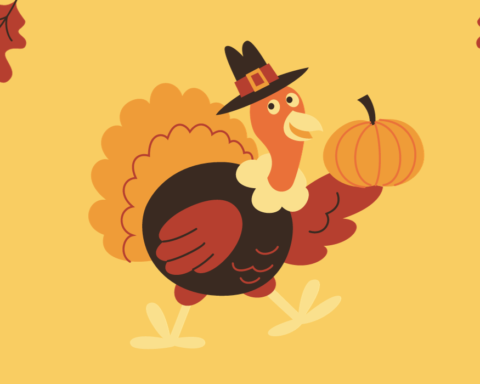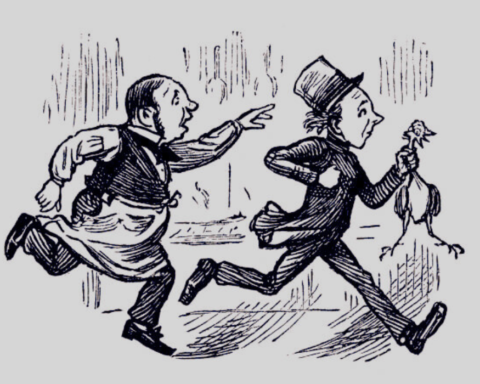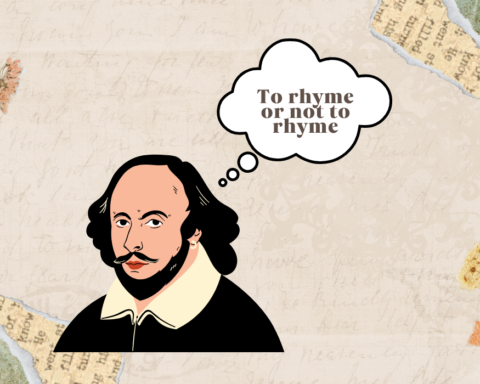The Great English Sparrow War was a polemic that jolted the British avian community in the late 1800s.
The US imported the House sparrow from England to serve a strategic purpose. A ravenous indigenous caterpillar was defoliating elm trees on the Eastern Coast.
America introduced the English sparrow in 1852 to save the trees from caterpillars. The birds flourished, and birders began to despise them as alien intruders.
America deemed them as a threat to the environment by the mid-1870s. As a result, a contentious argument erupted over its utility or danger. This squabble went beyond the limits of logical discourse.
An insight into the background
The linden moth caterpillar were ravaging New York City’s plants in the early 1850s. Dealing with this relentless nuisance, the state brought a species from Europe to consume them: the house sparrow. Its scientific name is “Passer domesticus“.
This was due to its inclination for domestic circumstances or being in the center of human civilization. The bird prefers to make nests and raise its offspring in the crooks and crevices of man-made buildings.
Regrettably, like many other entrants, the bird did not gratify human anticipations. Brodhead labels the birds as an ecological disaster because they consumed everything, not just pest.
The birds thrived and multiplied, expanding over North America to convert into a pervasive brownish scourge. The sparrows devoured butterflies and damaged wildflowers.
Due to their tenacity, they even subdued Eastern Bluebirds, Purple Martins, and Tree Swallows for nesting spaces. These birds had spread east of the Mississippi River by the early 1870s. They had proliferated from the Atlantic Ocean to the Pacific Ocean
Since then, the American environment has been fighting an adversary with the huge population of them.

Reason behind the commencement of sparrow war?
They grew so abundant in the latter part of the 20th century that pro- and anti-house sparrow sections throughout the country had a fight. It was so vehement and perpetual that their disagreements became known as “The Sparrow War.”
Two birders who were at odds over the creature drew the markings. Elliot Coues became the chief opponent, while Thomas Mayo Brewer battled for them until his demise in 1880. It was a savage and intimate battle. Coues survived longer and would not mind having a go at Brewer after his bereavement.
Henry Bergh, the founder of the American Society for the Prevention of Cruelty to Animals, called their opponents “murderers.”
The anti-faction said that the avian was a pest with no admirable features. They exterminate bluebirds, hijack purple martin nesting boxes, and poach eggs from wrens and swallows. They also rip worms off from robins and their excrement renders park seats unfit.
“The arrival of the House sparrow was the most terrible occurrence in the course of ornithology,” one eminent naturalist stated.
House sparrow numbers stabilized with the introduction of the vehicle as the primary mode of transportation. “The Sparrow War” came to a close with a bang. House sparrows are often overlooked, despised, or even revered. The creatures, therefore, are here to remain as a part of our daily life.
The figurative relation of Sparrow war with the new immigration
The significance of metaphors in the development of societal problems is frequently overlooked. Nonetheless, symbolic connection might aid in identifying social issues.
Let’s have a look at the metaphorical link of the sparrow war with the “New immigration” controversy. The argument about English sparrows intersects with the subject of “new immigration”.
Following the Civil War, an antebellum America had the task of re-creating moral boundaries in the face of tens of thousands of immigrants from Southern and Eastern Europe, as well as the Orient.
To cut a long tale shorter, the discussion is eerily similar to what we hear from nativists nowadays.
- They anticipated that the English sparrow would contend with native species for food resources and habitat.
- This will render the indigenous birds to suffer as a result. Considering native birds superior, filthy and unscrupulous in breeding were the attributes associated to the English sparrow. The English sparrows were city dwellers, characterized as balkanized intruders in the avian world.
- The English sparrows did not consume enough of the exotic larvae. They didn’t seem to do the task assigned to them!
Some people are afraid of strangers, whether they be humans, animals, or plants, and this dread may lead to violent hostility. Novices generally settle in after a while. In most cases, what appears to be a frightening “intrusion” does not turn out to be a problem in the long term.
Because nature is adaptive, an added species’ new home might occasionally become the species’ ultimate refuge.
Species migration is another means of ensuring their existence. In actuality, a new citizen-scientist movement is aiming to transfer rare species.
This mass paradigm is in the works to reintroduce endangered species to new habitats as a result of shifting climatic circumstances. We call the process “aided migration.”
Politigory provides in-depth reviews of science, history, humanities, religion, social sciences and arts









